If your chimney is in New Jersey and part of a factory-built or prefab fireplace system, chances are it has a chase cover, a metal lid that sits on top of the chimney structure to keep water and debris out.
Excellent Reviews
Based on ~500 reviews
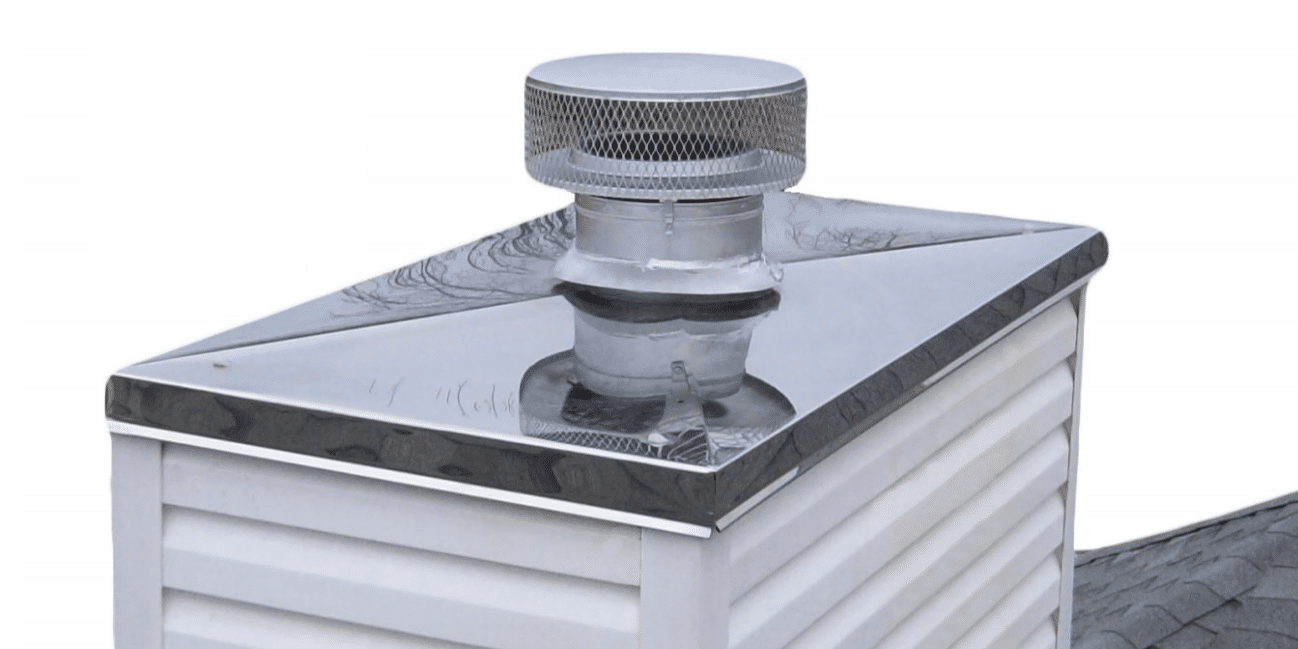

Over time, these covers can rust, warp, or fail, allowing rain to enter and cause serious damage. That’s when chase cover replacement becomes critical.
Replacing a damaged chase cover is one of the most important things you can do to protect the inside of your chimney and the interior of your home.
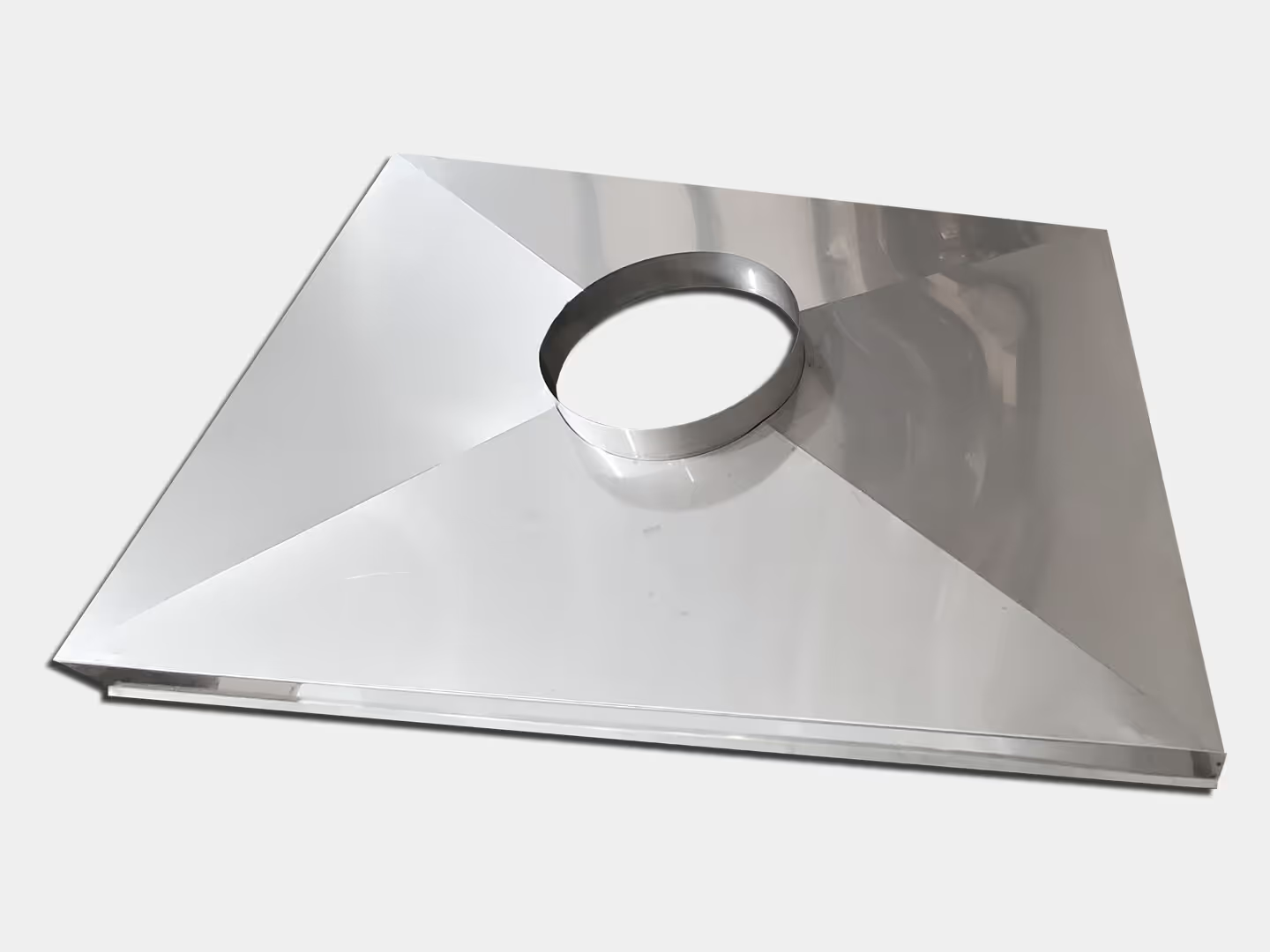
A chimney chase cover is the metal panel that covers the top of a framed chimney chase (common in newer homes with prefab fireplaces). Unlike masonry crowns, chase covers are made of sheet metal and often include pre-cut holes for flue pipes and spark guards.
It’s often mistaken for a chimney cap, but both serve different purposes.



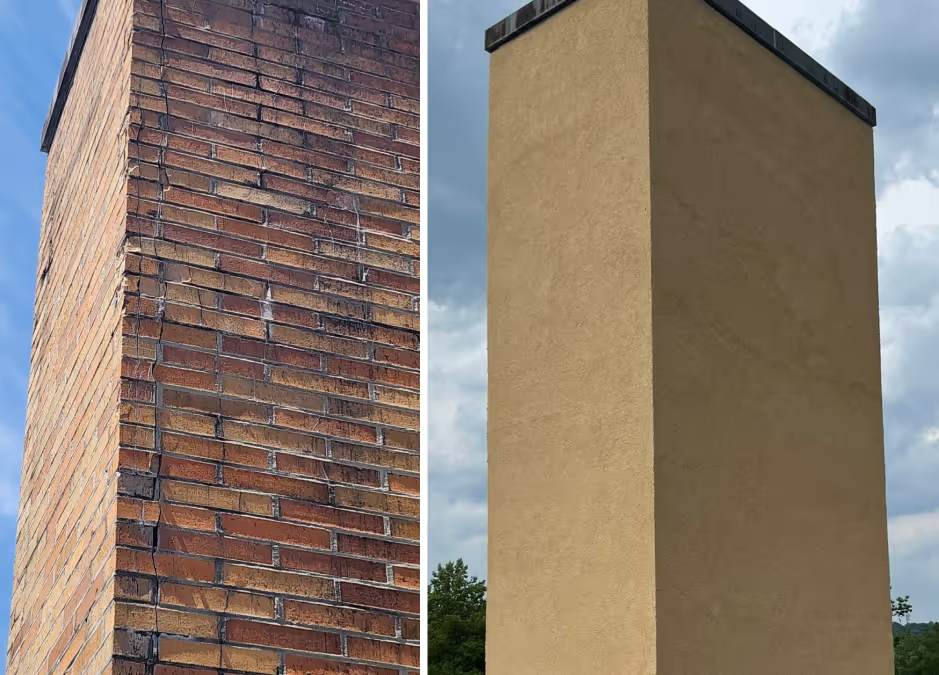


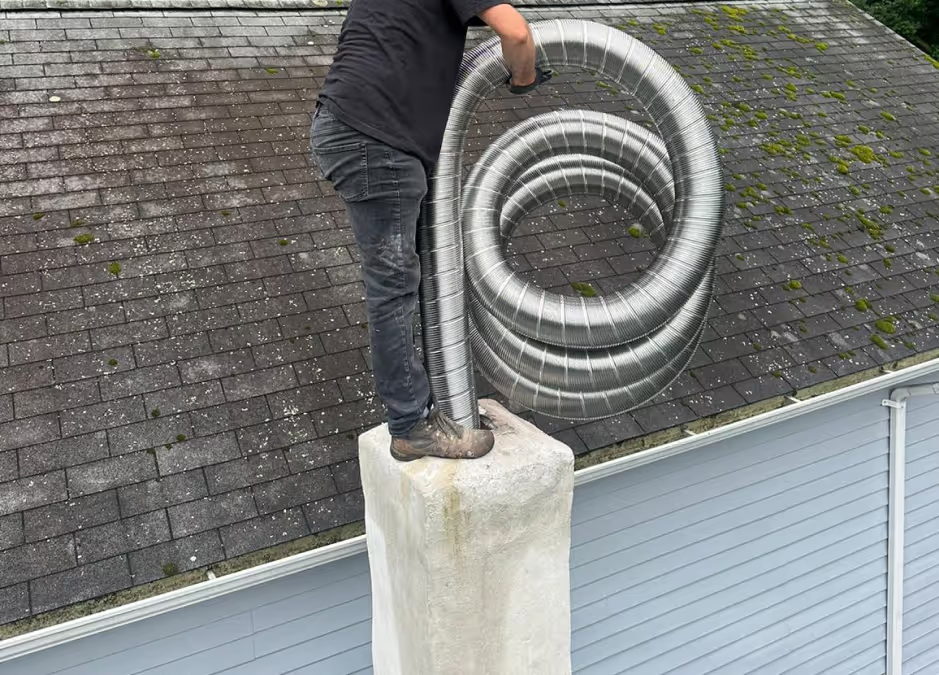
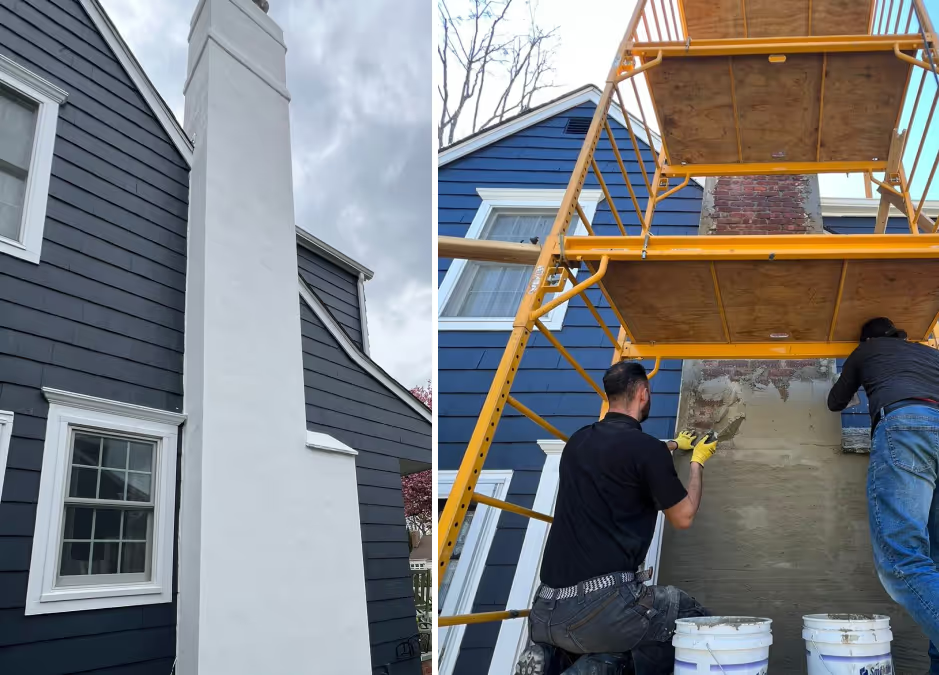
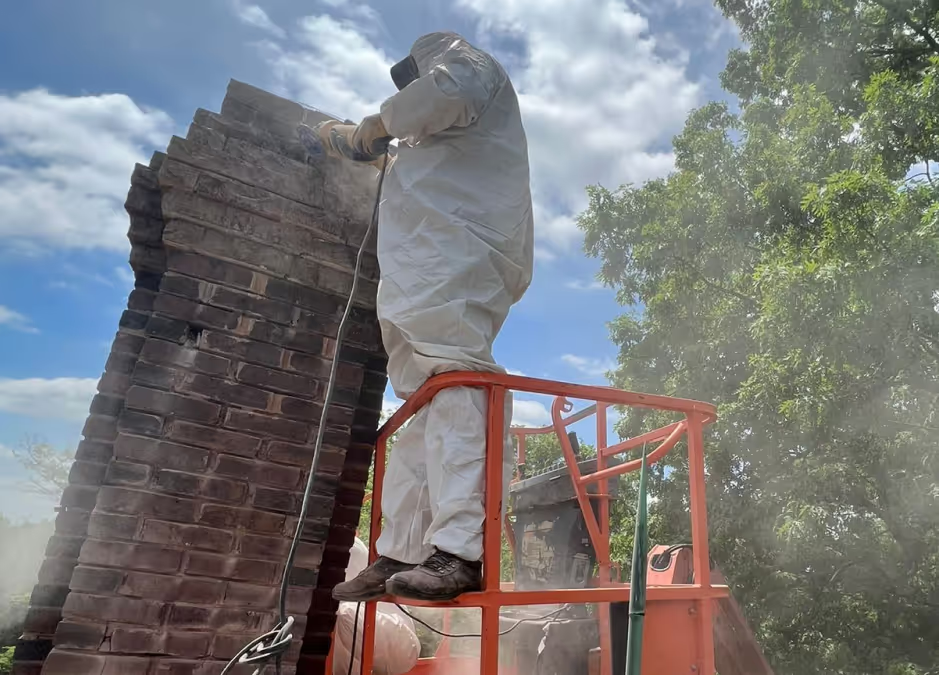

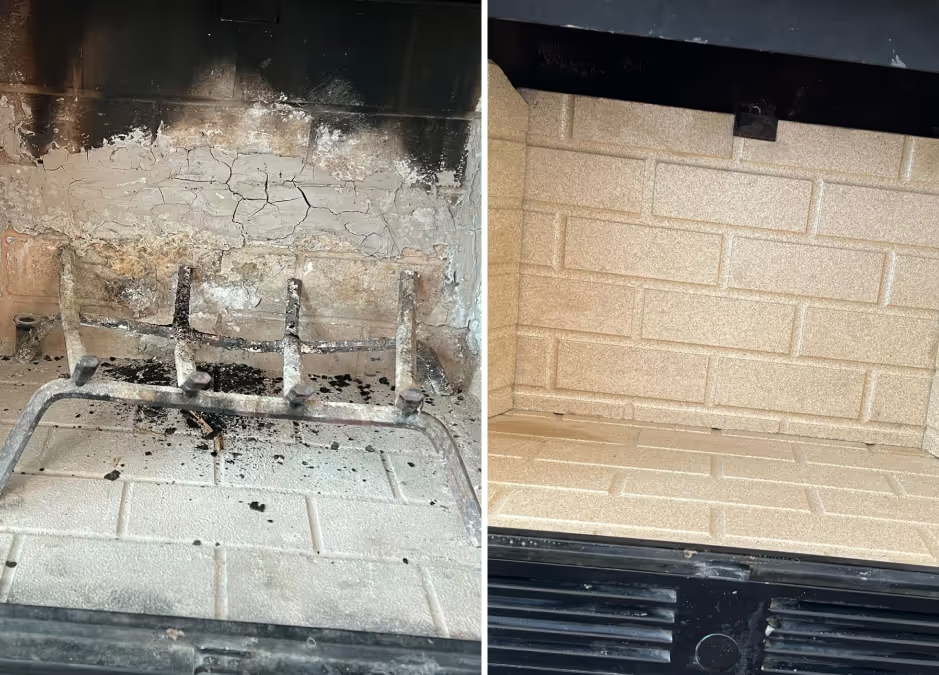
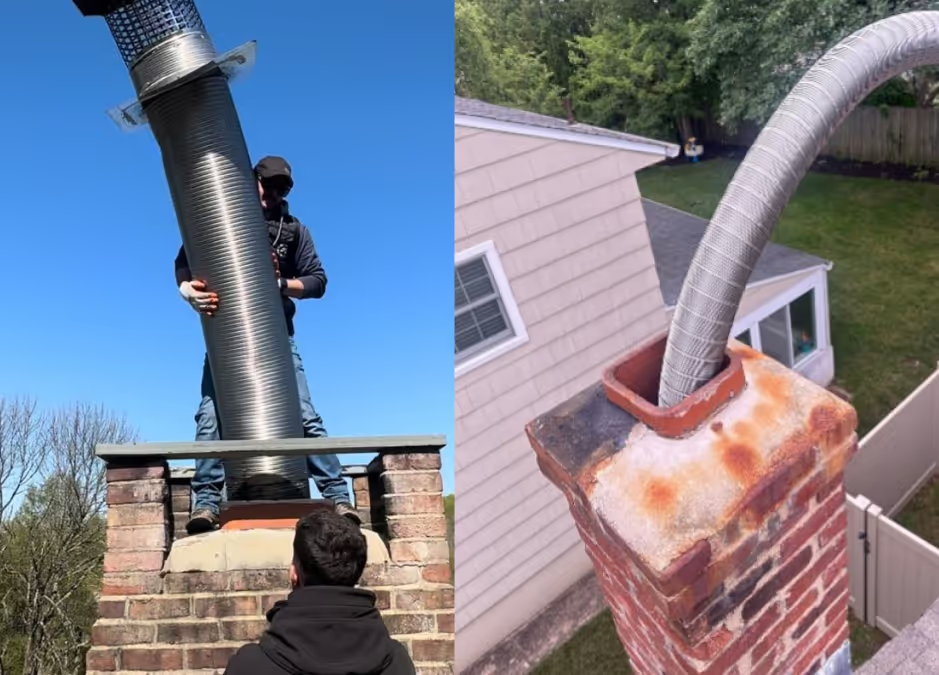
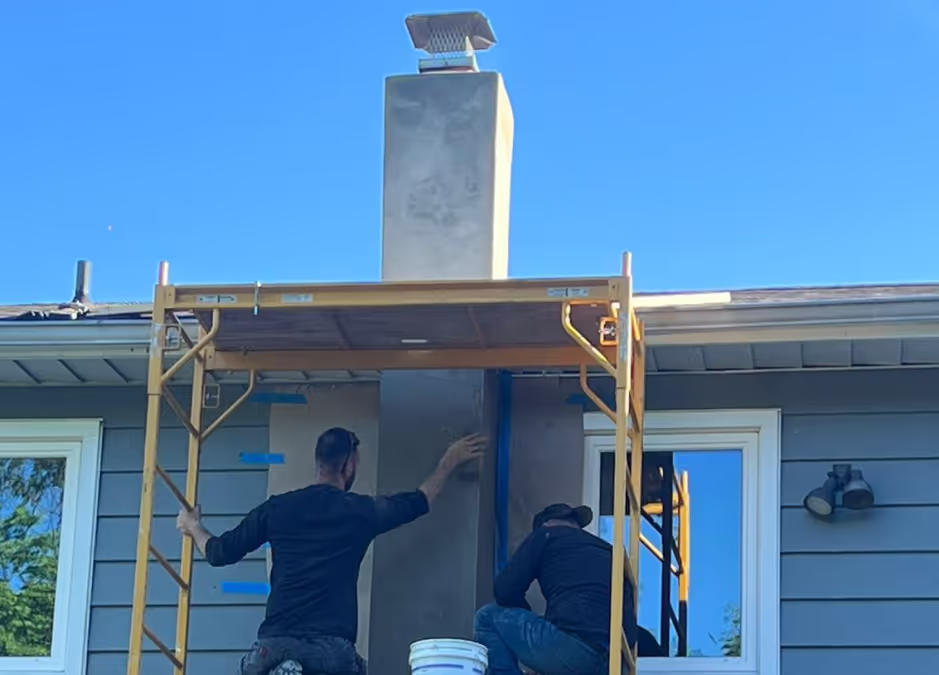
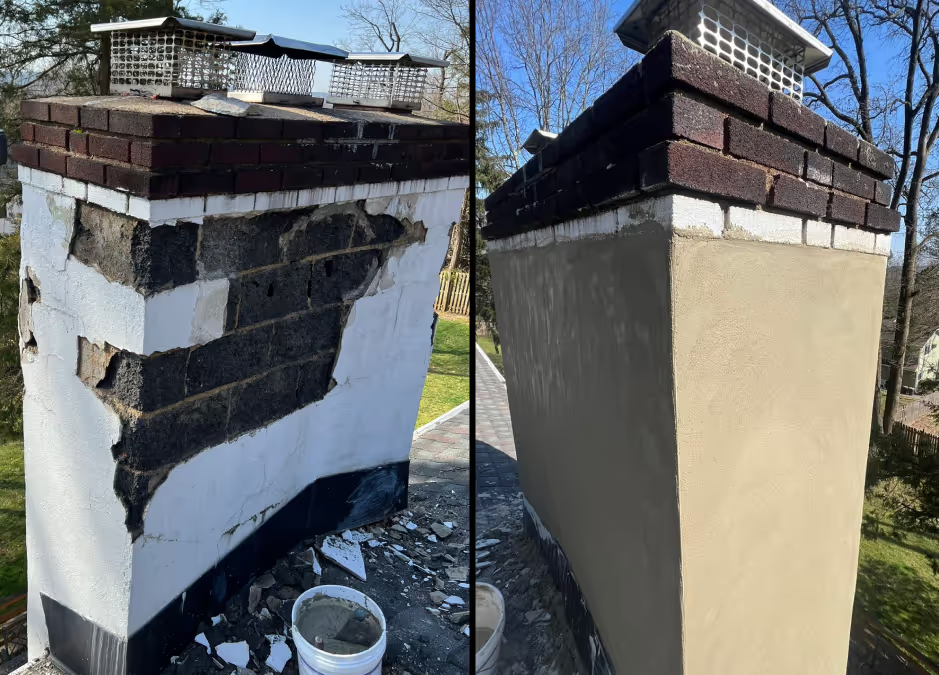

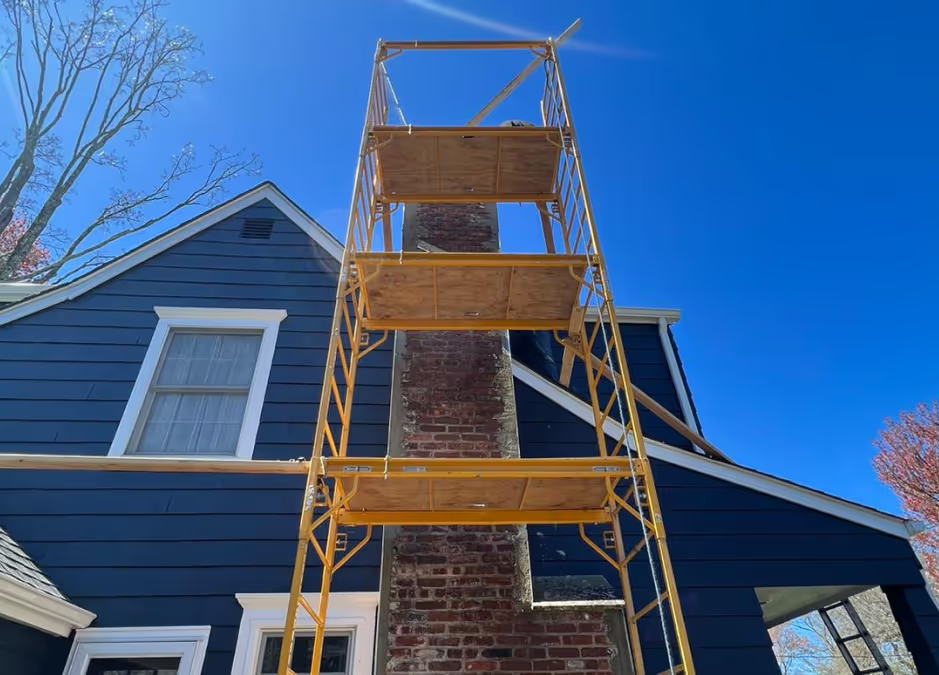
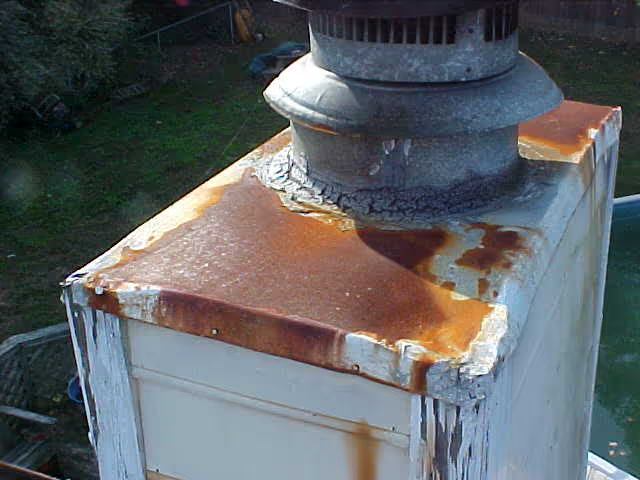
Because chase covers are out of sight, damage often goes unnoticed until leaks occur. Routine inspection of the top of your chimney structure can help spot early signs of failure.
Rust or staining on the chase, water dripping in the firebox, or musty smells are all red flags.
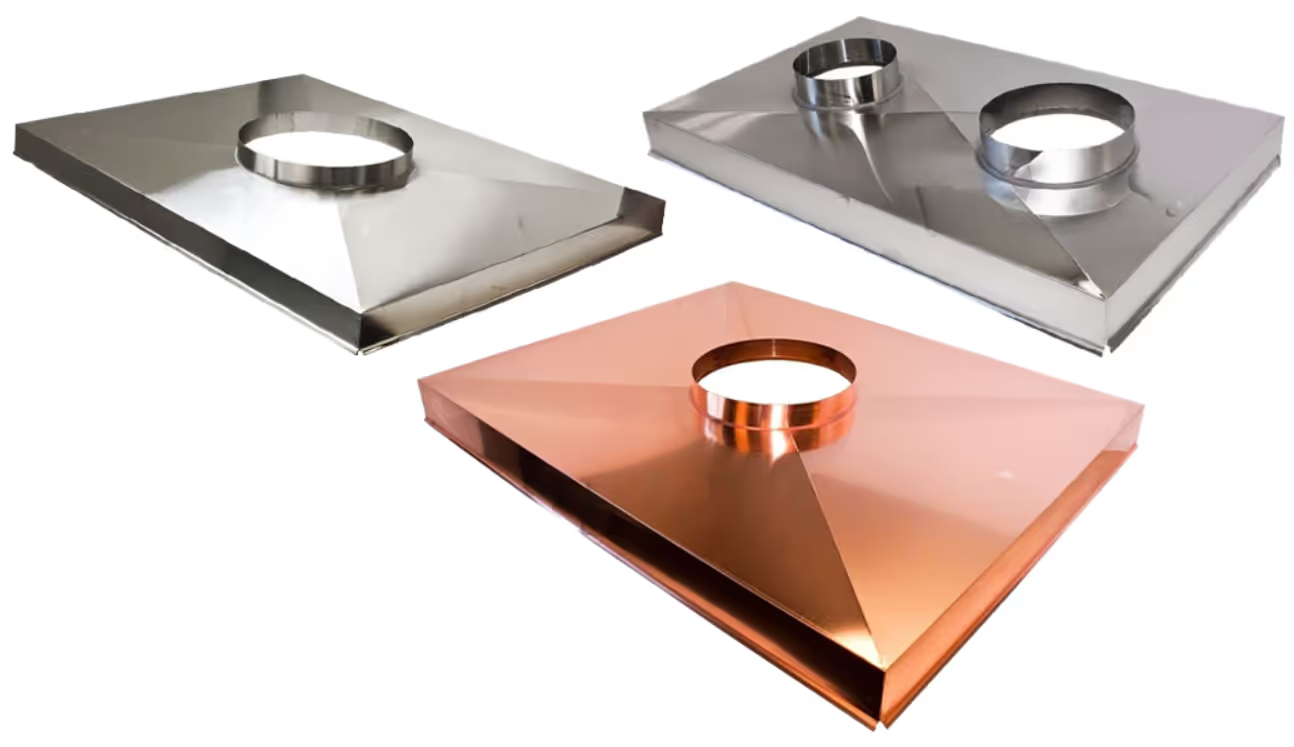
Chase covers come in different materials, each with its pros and cons. The cheapest options are more likely to rust or fail quickly, while higher-end materials offer better longevity and warranties.
Stainless steel is the gold standard for durability and resistance to rust.
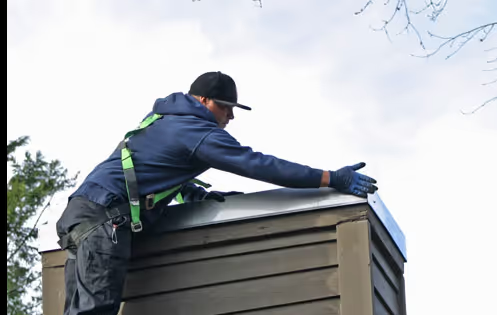
Replacing a chase cover involves removing the damaged or rusted unit, inspecting for underlying damage, and installing a new custom-fitted cover. Professionals ensure watertight sealing around the flue and secure the cover to withstand weather exposure.
The job typically takes 1–2 hours and is often paired with chimney cap installation.
A chimney cap covers the flue pipe only, while a chase cover seals the entire top of a chimney chase box.
Most replacements cost between $300–$700, depending on size, material, and installation access.
Stainless steel covers can last 20+ years with little to no maintenance and often come with lifetime warranties.
It’s not recommended. Improper installation can lead to leaks and safety issues. Hire a chimney professional for best results.
Water will eventually seep into the chimney structure, leading to wood rot, rusted fireboxes, mold, and costly repairs.